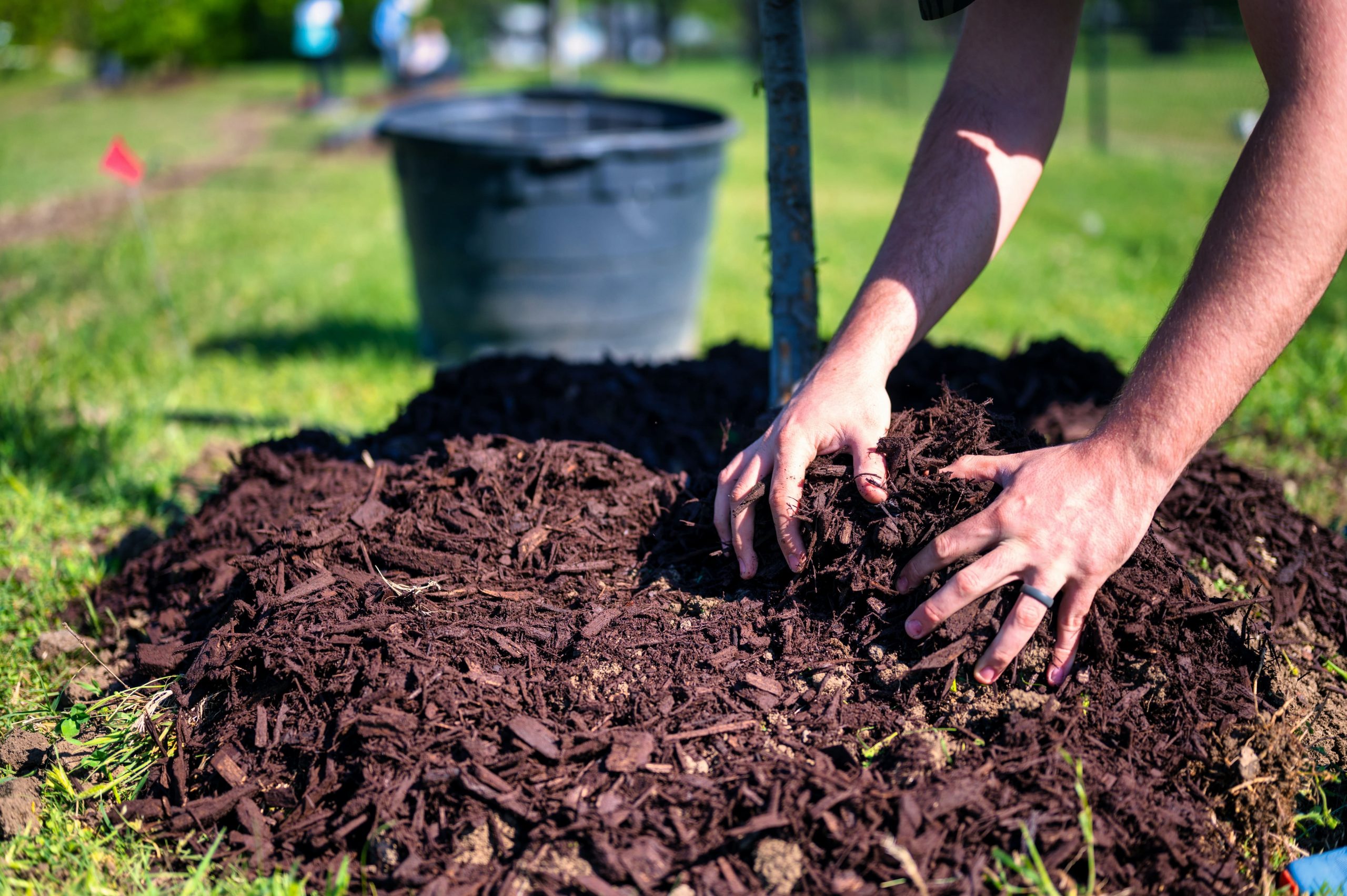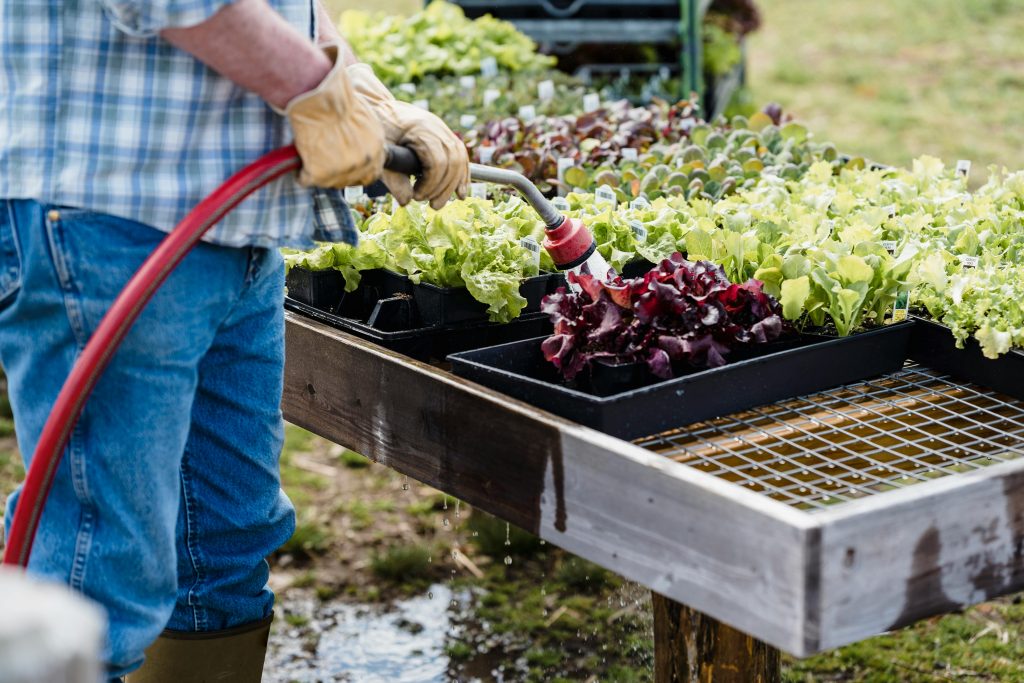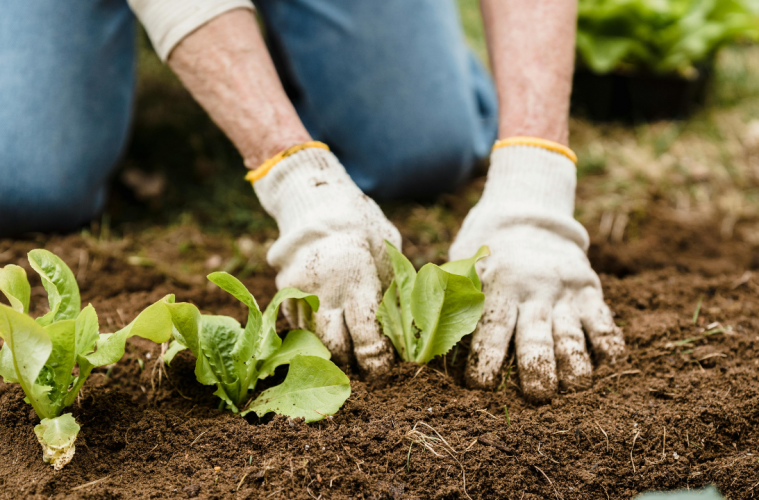As March ushers in a new season, it’s time to roll up your sleeves and get your garden ready for the months ahead. With these simple tasks, you’ll ensure your garden thrives with colour and life.
Here’s your gardening guide for things you need to do in March:
Plant and sow
Embrace the changing weather by planting an array of beautiful flora. Consider adding fynbos varieties like buchu, ericas, pincushions, proteas, and restios to your garden after the first rainfall. For a bountiful vegetable patch, sow seeds of beetroot, broccoli, cabbage, carrots, cauliflower, celery, leeks, onions, spinach, and Swiss chard. These hearty veggies will lay the groundwork for delicious winter soups and stews.
Don’t forget about aromatic herbs! March is the perfect time to plant basil, chicory, chives, dill, parsley, rocket, and sorrel. And for a burst of colour, sow or plant flowering seedlings like asters, calendula, cornflowers, and an array of other vibrant blooms.
Feed
Keep your garden lush and vibrant by nourishing it with the right nutrients. Stock up on general fertiliser and wait for that first rainfall before giving your garden a good feed. Unsure about which fertiliser is best for your plants? Consult with an expert at your local garden center for personalised advice.
Give your citrus trees some extra love by feeding them a 3:1:5 fertiliser mix to promote healthy fruit development. And don’t forget about your roses! Deadhead faded blooms and treat each plant to a handful of rose food to encourage a fresh flush of flowers.
ALSO READ: VEGETABLES TO START PLANTING IN AUTUMN

Unsplash
Mulch
Now is the ideal time to lay down mulch in your garden. With soil still warm and moist from summer temperatures, mulch will help retain moisture and suppress weeds. Spread mulch around flower beds, trees, and bushes to conserve water and keep your garden looking tidy.
Cleaning up your garden
As the season transitions, it’s essential to tidy up your garden beds. Prune back summer-flowering plants such as abelia, daisies, heliotrope, lavender, pelargoniums, salvia, and weigela to encourage healthy growth. Trim evergreen trees, excluding those that bloom in spring, to maintain their shape and vitality. And for those unsightly areas in your garden, consider planting rock gardens or adding gravel to disguise them beautifully.

Unsplash
Other tips to consider
In honour of National Water Week happening between 20-26 March 2024, let’s explore some savvy water-saving practices for your garden:
Plan a waterwise garden: Design your garden with drought-resistant plants to minimise water usage. Seek advice from gardening experts for the best choices tailored to your space.
Time your watering: Water your plants during the early morning or late evening to reduce evaporation and maximise absorption.
Try container gardening: Opt for container gardening, which minimises water loss due to its smaller surface area.
Collect greywater: Capture greywater from your household activities and use it to nourish your garden. Ensure collected water is used promptly and opt for eco-friendly products to avoid harming your plants.
Rainwater harvesting: Set up a rainwater-harvesting system to collect and store rainwater for later use. Rainwater is naturally free of chemicals and ideal for watering your garden.
ALSO SEE: Rain water harvesting: Everything you need to know
Feature image: Unsplash


